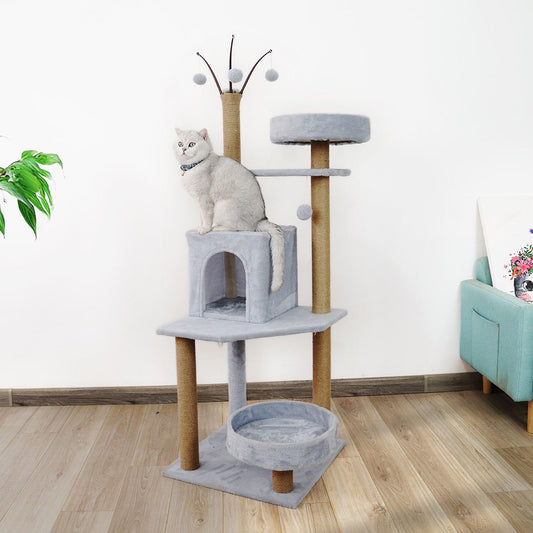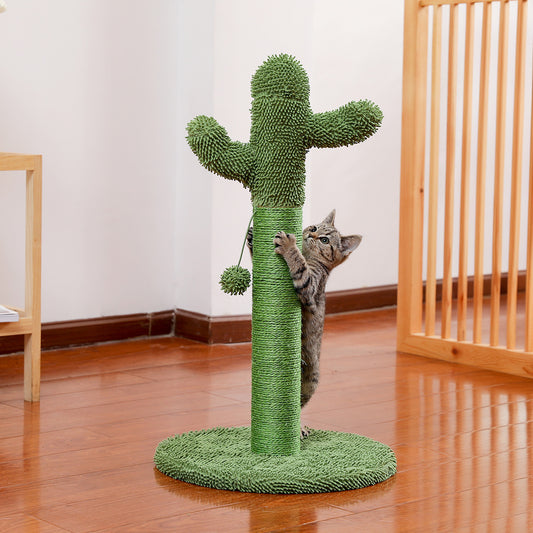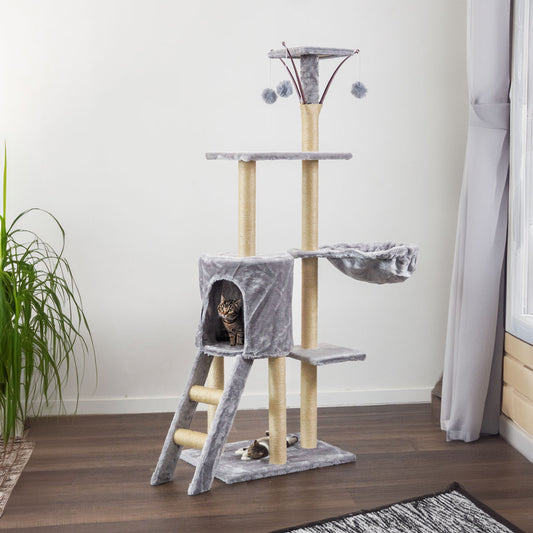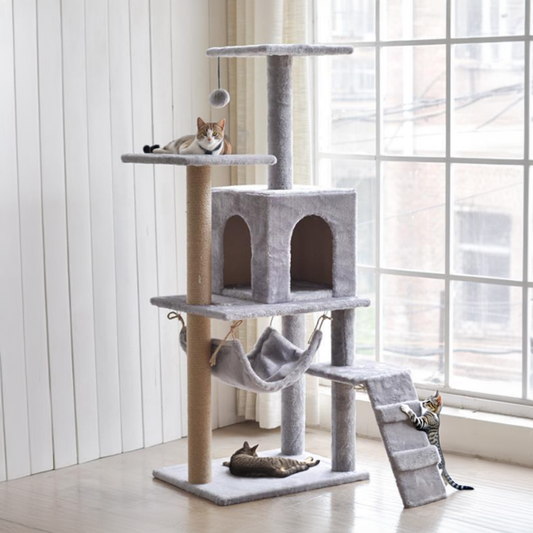The Ragdoll cat is a breed known for its striking blue eyes, silky fur, and docile temperament. But did you know that this beloved feline has a fascinating history? In this blog post, we'll take a journey back in time to uncover the origins and development of the Ragdoll cat breed.
How did the Ragdoll cat breed come to be?
The story of the Ragdoll cat begins in the 1960s with a woman named Ann Baker. Ann, a breeder in Riverside, California, noticed a unique cat named Josephine in her neighbor's yard. Josephine had been injured in an accident and her kittens displayed a remarkable trait – they went limp and relaxed when picked up, just like a ragdoll.
Fascinated by this characteristic, Ann decided to breed Josephine with other cats, including a Birman and a Burmese. She named the offspring Ragdolls, inspired by their tendency to go limp when held. Ann also established strict breeding guidelines to maintain the breed's distinct traits.
What are the defining characteristics of the Ragdoll cat?
The Ragdoll cat is known for its large size, muscular build, and semi-longhair coat. Their striking blue eyes are one of their most captivating features. Ragdolls have a gentle and affectionate nature, often seeking out human companionship. They are also known for their tendency to go limp when held, a trait that sets them apart from other cat breeds.
When did the Ragdoll cat gain recognition?
Ann Baker's breeding program gained recognition in the 1960s, and the Ragdoll cat breed was officially recognized by the International Cat Association (TICA) in 1971. Since then, Ragdolls have gained popularity worldwide for their unique appearance and friendly temperament.
What are the different patterns and colors of Ragdoll cats?
Ragdolls come in a variety of patterns and colors. The four main patterns are colorpoint, mitted, bicolor, and lynx. The colorpoint pattern features a lighter body color with darker points on the ears, face, paws, and tail. Mitted Ragdolls have white paws and a white chin, giving them a "mittens" appearance. Bicolor Ragdolls have a white inverted "V" on their face and a white chest, stomach, and legs. Lynx Ragdolls have tabby markings on their body.
As for colors, Ragdolls can be seal, blue, chocolate, lilac, flame, cream, tortie, or blue/cream. These various patterns and colors add to the uniqueness and beauty of the breed.
Why are Ragdoll cats so popular today?
Ragdoll cats have gained immense popularity over the years due to their friendly and docile nature. They are known for being great companions and are often described as "puppy-like" in their behavior. Ragdolls are also relatively low-maintenance when it comes to grooming, thanks to their silky, non-matting fur.
Additionally, the Ragdoll's striking appearance and unique personality make them a favorite among cat lovers. Their calm and gentle demeanor makes them suitable for families, including households with children and other pets.
Now that you know the fascinating history of the Ragdoll cat, you can appreciate this breed even more. Whether you're a proud Ragdoll owner or simply an admirer of these beautiful felines, their captivating history adds to their charm and allure.





